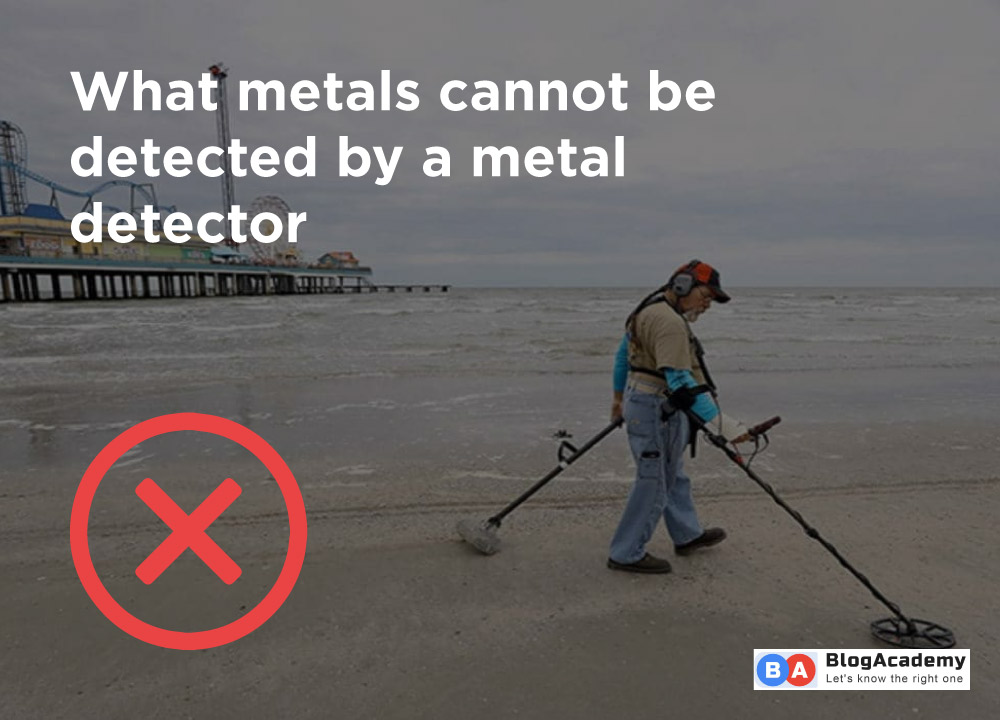If you’ve ever used a metal detector, you know how exciting it can be to discover hidden treasures buried in the ground. Whether you’re searching for lost jewelry or relics from the past, metal detectors can be a useful tool. However, there are certain metals that cannot be detected by metal detectors, which can limit their usefulness in some situations.
What Is A Metal Detector?
A metal detector is an electronic device used to detect the presence of metal objects. The detector generates an electromagnetic field that interacts with the metal and produces a signal that is detected by the unit. Metal detectors are commonly used for a variety of purposes. Including treasure hunting, archaeology, security screening, and industrial applications such as locating buried pipes and cables. Metal detectors can be used in a variety of environments. Including land, water, and even underwater, and can be adjusted to filter out unwanted signals and interference.
Metals That Can’t Be Detected
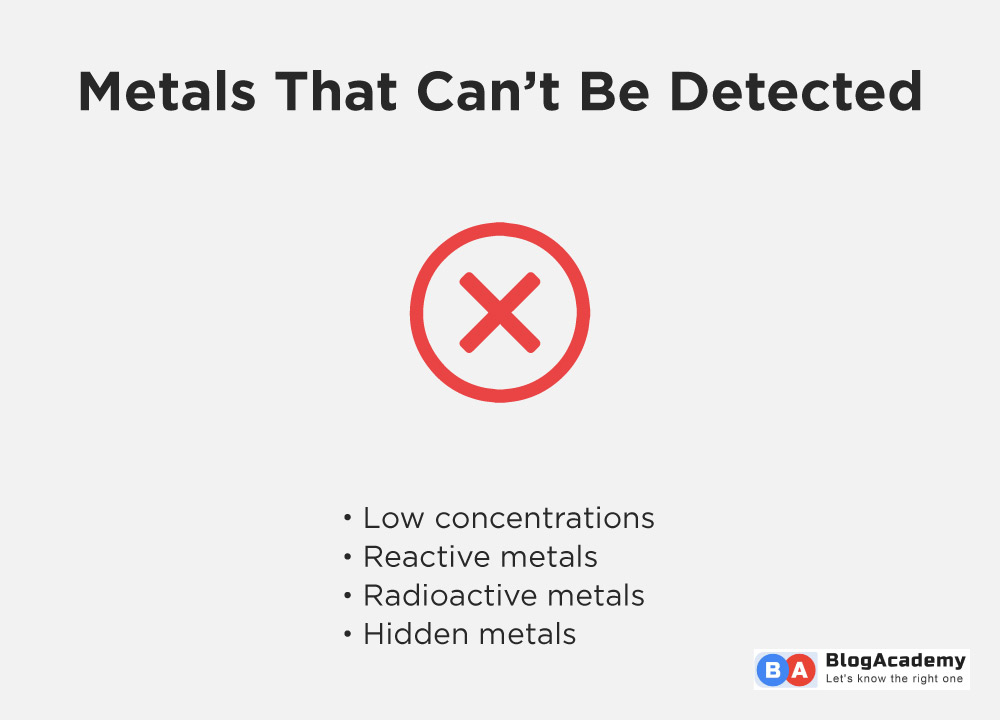
It is not possible for metals to exist without being detectable. The detection of metals relies on their physical and chemical properties. However, there are some scenarios in which metal might be difficult to detect.
Here are a few examples:
- Low concentrations: If a metal is present in a sample at very low concentrations, it may be difficult to detect using standard analytical techniques.
- Reactive metals: Some metals are highly reactive and can form compounds that are difficult to detect.
- Radioactive metals: Some metals, such as uranium or plutonium, are radioactive and emit radiation that can be difficult to detect without specialized equipment.
- Hidden metals: Sometimes metals can be hidden within other materials, such as alloys or composite materials.
While it is possible for a metal to be difficult to detect. It is unlikely that metal would be completely undetectable, as detection methods are constantly improving and advancing.
Factors that Affect Metal Detection
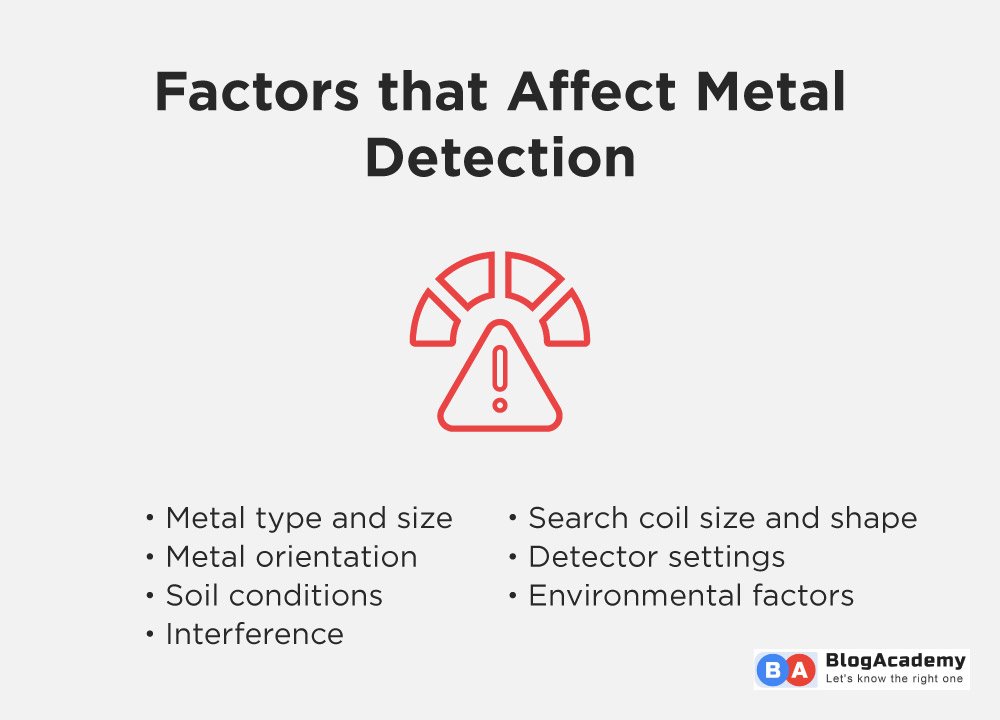
To understand why some metals cannot be detected by metal detectors, it’s important to understand the factors that affect metal detection. There are several factors that can affect metal detection, including:
- Metal type and size: Different metals have varying levels of conductivity and magnetic permeability. Which can affect how easily they can be detected.
- Metal orientation: The orientation of the metal object can also affect detection. If the metal is lying flat or perpendicular to the search coil, it is easier to detect than if it is parallel to the coil.
- Soil conditions: Soil mineralization, moisture content, and temperature can all affect metal detection. Wet or frozen soil can also affect detection.
- Interference: Electrical interference from nearby power lines, electronic devices, or other metal objects can interfere with metal detection, causing false signals or reducing detection depth.
- Search coil size and shape: The size and shape of the search coil can affect detection depth and sensitivity.
- Detector settings: Different metal detectors have different sensitivity and discrimination settings that can affect detection.
- Environmental factors: Environmental factors like wind, temperature, and humidity can also affect metal detection.
Metals That Can’t Be Detected by Metal Detectors
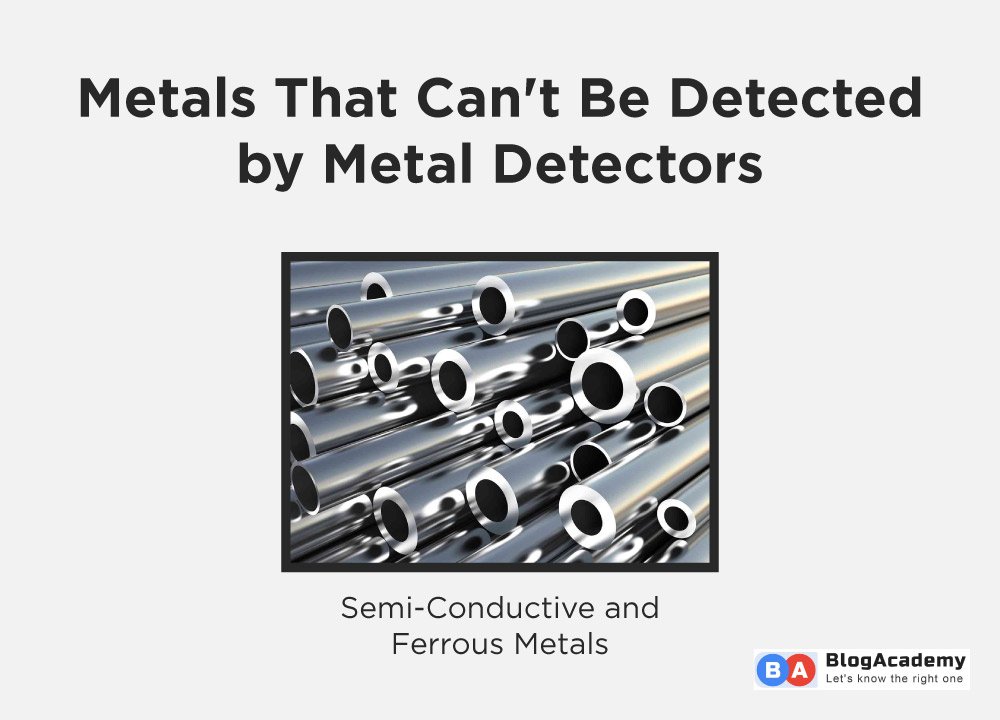
There are certain metals that are non-conductive, meaning they do not conduct electricity, and therefore cannot be detected by metal detectors. Examples of non-conductive metals include aluminum, brass, and copper. These metals are commonly used in everyday objects such as pipes, electrical wiring, and household appliances.
Semi-Conductive and Ferrous Metals
In addition to non-conductive metals, there are also semi-conductive metals that are difficult to detect by metal detectors. Stainless steel is an example of a semi-conductive metal that is commonly used in the food and beverage industry. While stainless steel is not completely non-conductive, its low conductivity makes it challenging to detect with a metal detector.
On the other hand, ferrous metals such as iron and steel are easily detectable by metal detectors due to their high conductivity. Ferrous metals are commonly used in construction and manufacturing and are often the targets of metal detector searches.
Limitations of Metal Detectors
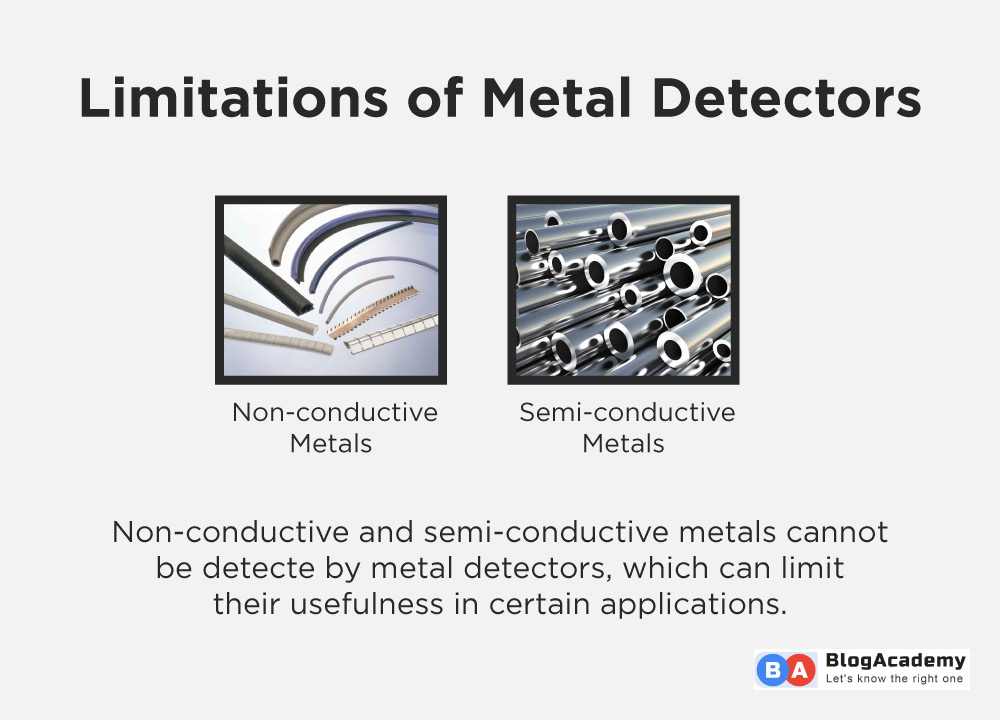
While metal detectors can be a useful tool in many situations, it’s important to understand their limitations. Non-conductive and semi-conductive metals cannot be detected by metal detectors, which can limit their usefulness in certain applications. In addition, metal detectors are limited by the size of the metal being detected, as well as the sensitivity of the detector itself.
In some cases, other technologies such as X-ray inspection may be necessary for detecting non-conductive or semi-conductive metals. X-ray inspection uses high-energy X-rays to penetrate materials and reveal their composition, making it a more effective tool for detecting certain types of metals.
Conclusions
While metal detectors are useful tools for discovering hidden treasures, they are limited by their ability to detect certain types of metals. Non-conductive and semi-conductive metals cannot be detected by metal detectors, which can limit their usefulness in certain applications. It’s important to understand the limitations of metal detectors and consider other technologies when necessary to ensure accurate detection of all types of metals.

